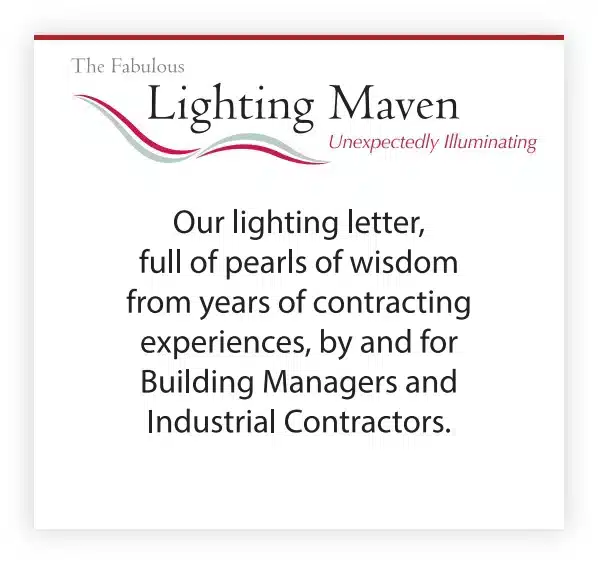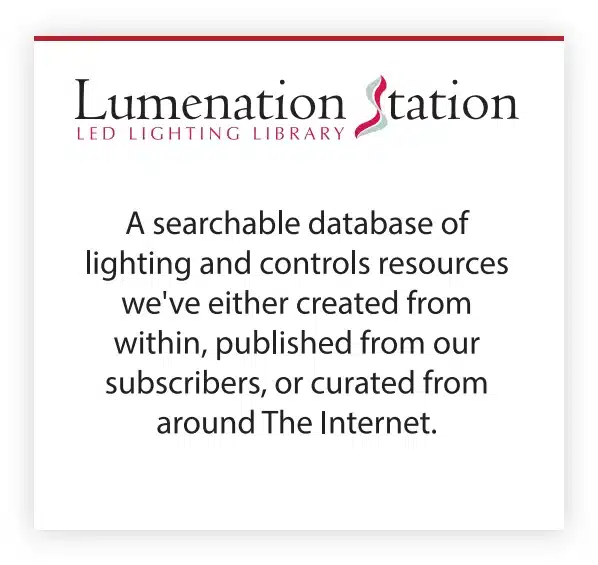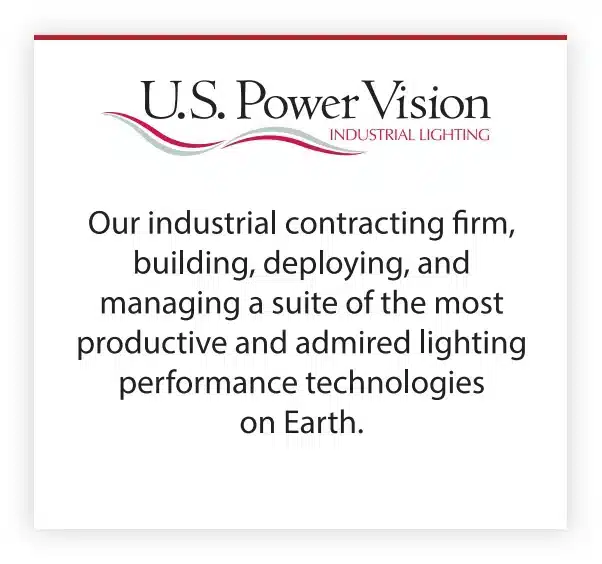Dear Reader:
We like to keep in mind that the purpose of electric lighting is to enable human beings to see. While that would seem to be self-evident, as facilities professionals it’s possible for us to focus on optimizing the quantity of light, sometimes at the expense of quality. It’s not uncommon at all for people to come into a due diligence process with the paradigm of ‘more is better’, when in fact people don’t always need or want massive amounts of lumens to work, study, play or relax.
Defining quality with industrial lighting can be multi-faceted, but in all cases – with each metric – if we’re mindful of how each of our decisions affects people, we’ll be much further ahead than we would be otherwise, our employees will appreciate it, and their output will be enhanced as a result of it. Happy, healthy people are productive people.
One of those metrics is known as color temperature. No, in this context temperature doesn’t relate to the physical touch of hot or cold air temperature, or that of solid materials, but rather the mental and physiological effects of color on the human eyes, mind and body. In other words, focus on the ‘color’ portion of the color temperature term rather than the ‘temperature’.
Larson Electronics, in their blog entitled Lighting 101: Color Temperature – What is the Kelvin Scale? defines color temperature pretty well, we think, as “a method of describing the warmth or coolness color characteristics of a light source.” Again, it is the color characteristics that is important here rather than the temperature characteristics. Heat-oriented temperature in lighting metrics is measured in degrees of Fahrenheit or Celsius, not as an expression of color temperature.
Color temperature is expressed in degrees Kelvin, noted by the symbol K. The Kelvin scale starts at 10000K, the warmest color of electric lighting, and ascends upwards to 10,0000K, the coolest. The higher the Kelvin, the cooler the light.
Greater Mainland Electric has put together a nice chart that illustrates the color temperature scale, and equates each temperature to various types of lighting technologies, as well as the shades of color you would expect to find in nature. You’ll find it here: Light Temperature.
Most industrial and food processing facilities utilize 500000K fixtures, as this provides for a nice crisp, white light, and maximizes the lumen output of the fixtures producing the light. There is a body of literature available, though, that suggests that human beings appreciate, are happier, and more productive with a slightly warmer color. We’ll talk a little bit about this subject in a future edition of The Fabulous Lighting Maven.






